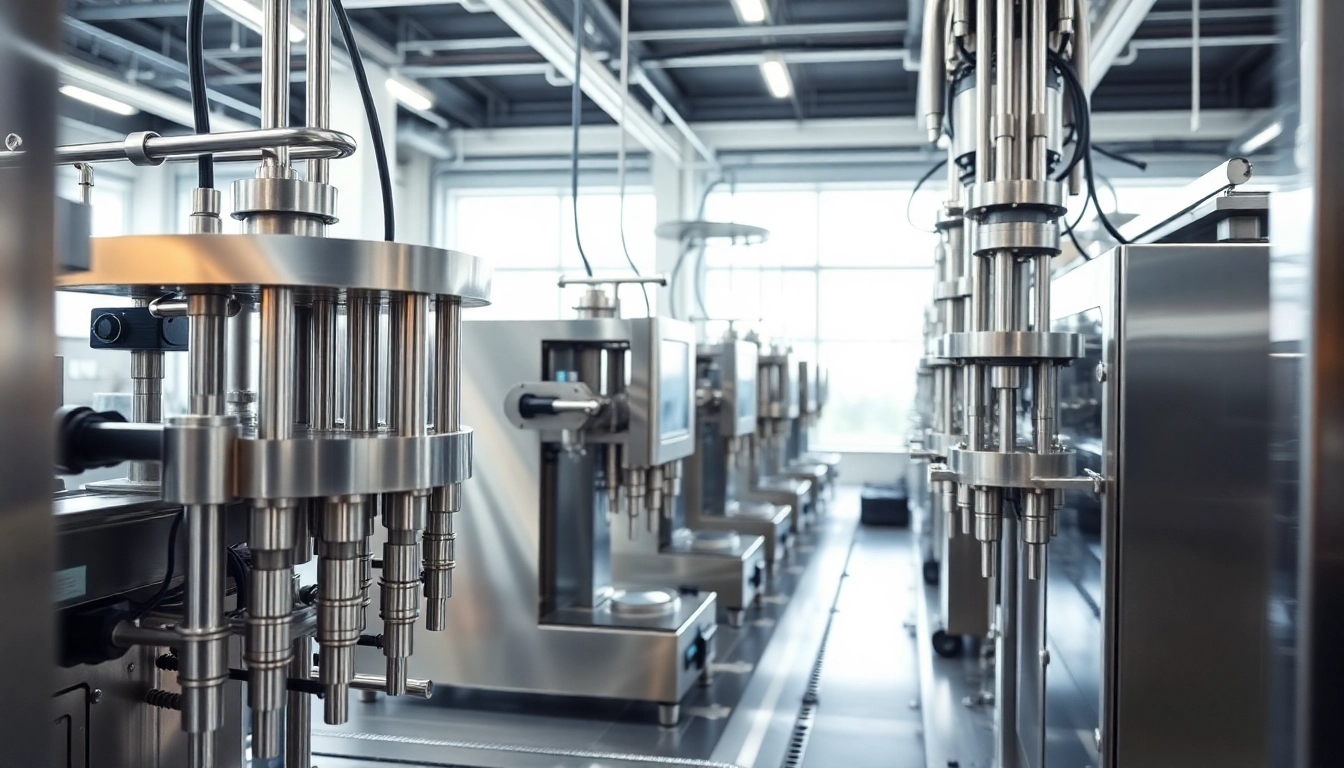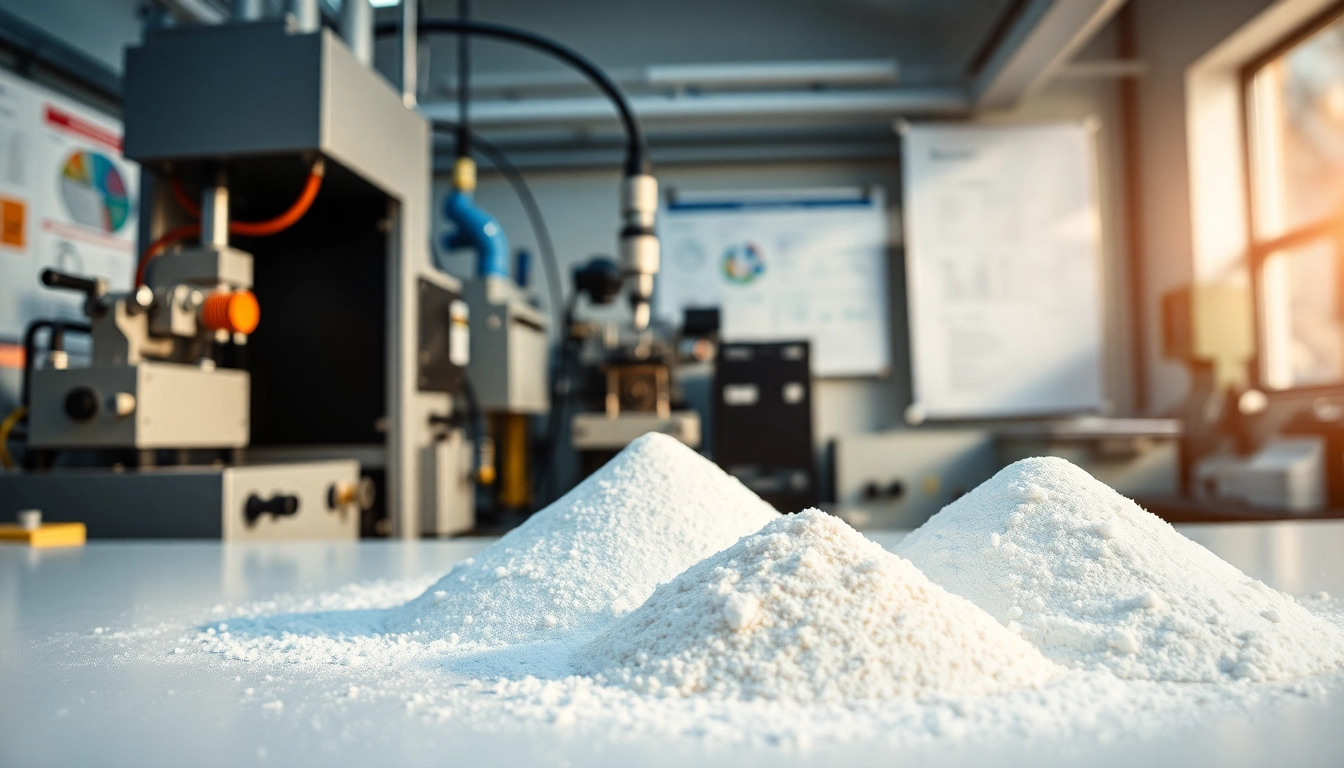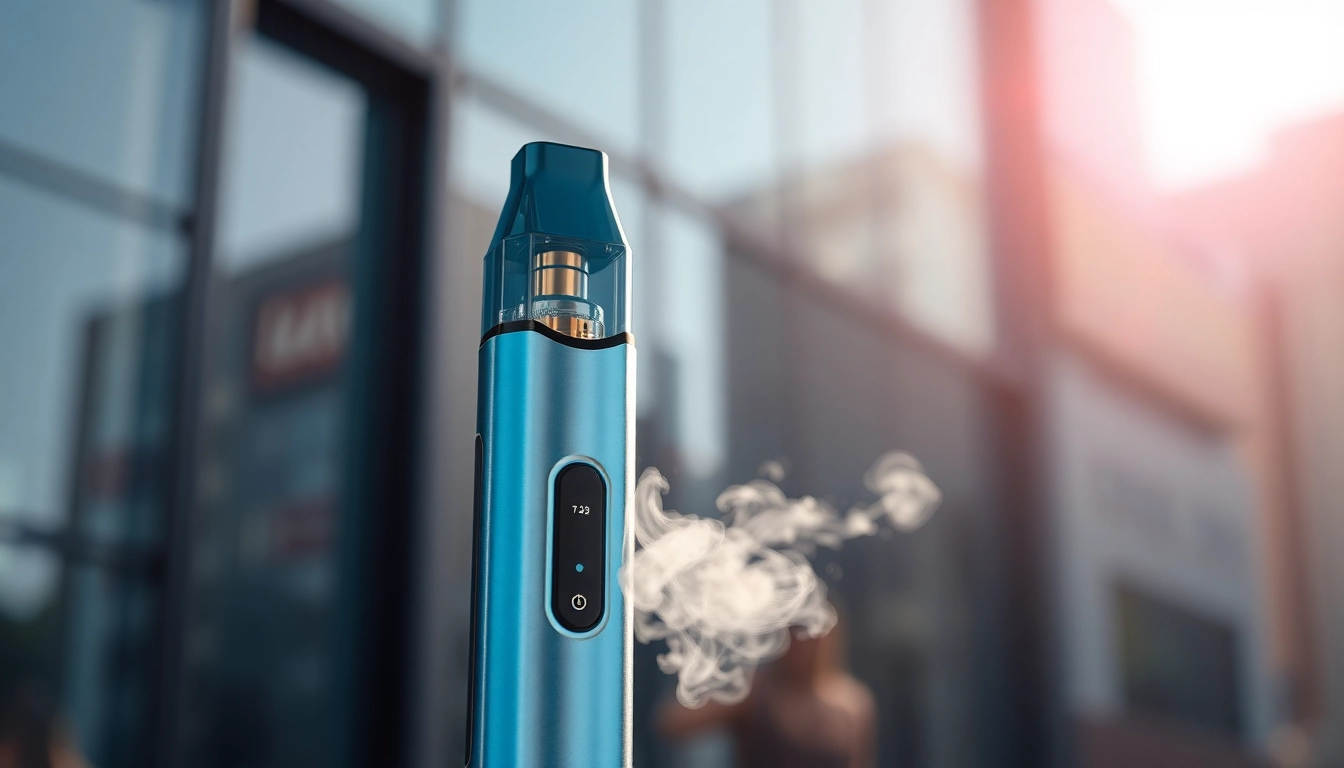
Understanding the Different Types of Filling Machines
Filling machines play a vital role in the packaging industry, enabling businesses to streamline their production processes and improve efficiency. Understanding the various types of filling machines available is essential for manufacturers seeking to optimize their operations and meet market demands. This overview will delve into the different categories of filling machines, each suited for specific applications and industries.
1.1 Piston Filling Machines
Piston filling machines utilize a piston and cylinder mechanism to dispense precise volumes of liquid into containers. This type of filling machine is ideal for products with varying viscosities, including thick liquids and pastes. Piston fillers are commonly used in industries such as cosmetics, food, and pharmaceuticals, primarily because they can handle a wide range of product types and provide accurate fill volumes.
Some advantages of piston filling machines include:
- Accuracy: They are capable of delivering highly precise fill volumes, reducing waste and ensuring consistency.
- Versatility: Suitable for both thick and thin products, making them applicable across different sectors.
- Easy to Clean: Most piston fillers are designed for easy disassembly, allowing for quick cleaning between product runs.
1.2 Vacuum Filling Machines
Vacuum filling machines operate by creating a vacuum to draw liquid into a container, eliminating the risk of air bubbles or contamination. This process is particularly useful for filling sensitive products, such as juices and oils, where air exposure could affect quality.
Key benefits of vacuum filling machines include:
- Reduced Oxidation: By minimizing air exposure during filling, vacuum machines help preserve product integrity.
- Efficient Filling: They can fill containers rapidly while maintaining a high level of accuracy.
- Applicable for Foamy Products: Excellent choice for products that tend to foam because they significantly reduce foam formation during filling.
1.3 Gravity Filling Machines
Gravity filling machines operate by using gravitational force to fill containers. Typically used for low-viscosity liquids, such as water or light oils, these machines are generally less expensive compared to other filling technologies.
Gravity fillers are favored for their simplicity and cost-effectiveness. Here are some advantages:
- Cost-Effective: They require minimal maintenance and have a lower initial investment, making them suitable for smaller operations.
- Simplicity of Operation: Easy to set up and use, which helps reduce training time for operators.
- Ideal for High-Speed Production: Efficient for filling large volumes of low-viscosity liquids quickly.
Key Considerations When Selecting Filling Machines
Choosing the right filling machine entails evaluating several key factors that align with your production needs and operational capabilities. Below are critical considerations to factor into your decision-making process.
2.1 Production Capacity Requirements
Understanding your production capacity is paramount when selecting a filling machine. It helps in determining the type of machine that will adequately meet your output requirements. For instance, a high-capacity production facility will require more robust machinery, capable of high-speed operations, while smaller operations may opt for semi-automatic filling machines.
When assessing capacity requirements, consider the following:
- Peak Production Volumes: Analyze the maximum volume of product you anticipate needing to fill during peak operations.
- Machine Speed: Evaluate the fill rate of potential machines, commonly measured in bottles or containers filled per minute.
- Scalability: Choose machines that can be upgraded or expanded in capacity to accommodate future growth.
2.2 Ease of Maintenance and Operation
Maintenance plays a crucial role in the longevity and operational efficiency of filling machines. Finding machinery that facilitates easier cleaning and maintenance can reduce downtime and improve productivity. It’s essential to evaluate the design of the machine and its components:
Considerations include:
- Accessibility: Machines should have accessible parts for routine maintenance and cleaning processes.
- Maintenance Intervals: Understand the recommended maintenance schedule and if spare parts are readily available.
- Operator Training: Choose machines that are intuitive to operate, reducing the need for extensive training.
2.3 Industry-Specific Needs
Different industries have distinct filling requirements based on the nature of the products being filled. For example, a food and beverage manufacturer may prioritize machines that comply with strict hygiene standards, while a pharmaceutical company may need machines that ensure minimal contamination.
When assessing industry-specific needs, consider:
- Regulatory Compliance: Ensure that the filling machine adheres to industry regulations, such as those set by the FDA for food and drug products.
- Product Characteristics: Identify if your products require specific filling technology, such as aseptic filling for sensitive liquids.
- Customization Options: Look for machines that offer customization capabilities to cater to product variations.
Top Filling Machine Manufacturers in the Market
With numerous Filling Machine Manufacturers in the global marketplace, understanding their offerings and market positions can be challenging. Below, we explore some of the leading manufacturers that stand out in the industry.
3.1 Company Profiles and Offerings
Several companies have established themselves as leaders in filling machinery through innovation and reliability. Here are profiles of a few noteworthy manufacturers:
- Accutek Packaging Equipment Company, Inc. – Known for a variety of filling machines, including piston and gravity fillers, Accutek offers comprehensive solutions for packaging needs. Their machines are designed to accommodate various container sizes and types.
- Cozzoli Machine Company – Specializing in filling machines, capping machinery, and washing systems, Cozzoli serves industries ranging from pharmaceuticals to foods.
- Volumetric Technologies – An American manufacturer focusing on reliable bottle-filling systems, offering a robust product lineup suitable for several industries.
- Oden Machinery – This company provides a full range of quality filling systems capable of handling various liquid products.
- E-PAK Machinery – Renowned for their liquid filling machines, E-PAK also specializes in capping and labeling equipment tailored for the bottling industry.
3.2 Comparing Features and Prices
When comparing filling machine manufacturers, it’s essential to assess their machine features, performance, and price points. Features to look out for include:
- Filling Accuracy: High accuracy ensures minimal product waste.
- Speed and Efficiency: Capability in terms of how many containers can be filled per hour.
- Level of Automation: Automated processes can significantly enhance production rates.
Price comparisons should consider not only the initial cost but also the total cost of ownership, including maintenance, repair, and potential upgrades.
3.3 Customer Reviews and Testimonials
Before making a purchase decision, leveraging customer reviews and testimonials can provide valuable insights into the performance and reliability of filling machines. Manufacturers often showcase client success stories, providing real-world scenarios that highlight product success and customer satisfaction.
Look for key indicators in reviews, such as:
- Reliability: Customer feedback about machine performance over time.
- Customer Service: Reviews that discuss the level of support received from the manufacturer.
- Ease of Use: Insights on how intuitive the machine is for operators.
Recent Innovations in Filling Machine Technology
The filling machine industry is continuously evolving, with technological innovations driving improved efficiency and capabilities. Staying abreast of recent advancements can significantly enhance your production capabilities.
4.1 Automation and Smart Technology
Modern filling machines increasingly incorporate automation and smart technologies that enhance efficiency and reduce operational costs. Automation can include features such as:
- Programmable Logic Controllers (PLCs): Allowing operators to easily control filling parameters and production settings.
- Remote Monitoring: Enables real-time monitoring and diagnostics via connected devices, allowing for preventive maintenance and quick responses to issues.
- Adaptive Learning Systems: Systems that adjust to varying production conditions automatically enhance flexibility and reduce downtime.
4.2 Enhancements in Efficiency and Safety
Recent innovations focus on improving both efficiency and safety standards in the filling process. Enhancements may include:
- Safety Features: Advanced safety mechanisms to prevent spills, leaks, or contamination, ensuring compliance with stringent regulatory standards.
- Energy Efficiency: Newer machines designed to consume less energy while maintaining performance standards.
- Quick Changeovers: Design improvements that enable rapid transition between different product runs, reducing downtime during production.
4.3 Eco-Friendly Practices in Manufacturing
As sustainability becomes increasingly important in manufacturing, filling machine manufacturers are adopting eco-friendly practices, including:
- Reduced Waste: Engineers design filling processes that minimize product waste and optimize material usage.
- Recyclable Components: Utilization of materials in machine construction that are recyclable or sustainable.
- Sustainable Energy Sources: Implementation of systems that use renewable energy to operate machinery, aligning with global sustainability goals.
Frequently Asked Questions about Filling Machines
As businesses navigate the complexities of selecting and operating filling machines, several common queries arise. Here, we address frequently asked questions to assist in informed decision-making.
5.1 Common Issues and Solutions
While filling machines are crucial, operational issues can surface from time to time. Common problems include:
- Inconsistent Fill Volumes: This can often be resolved by recalibrating the machine or adjusting settings based on product viscosity.
- Clogged Nozzles: Regular maintenance and cleaning of nozzles can prevent clogs, ensuring smooth operation.
- Equipment Durability: Investing in high-quality materials during the initial purchase can mitigate wear and tear over time.
5.2 Maintenance Tips for Longevity
To maintain the longevity and effectiveness of filling machines, regular maintenance is a must. Consider these best practices:
- Scheduled Inspections: Routine check-ups help identify potential problems before they escalate.
- Proper Cleaning Procedures: Follow manufacturer guidelines for cleaning to avoid cross-contamination.
- Operator Training: Ensure operators are trained on proper handling and maintenance of the equipment to avoid accidental damage.
5.3 How to Integrate with Other Equipment
Many production facilities utilize multiple types of machinery. Integration of filling machines with other equipment, such as cappers and labelers, can be complex. Successful integration can enhance overall operational efficiency.
Consider the following for effective integration:
- Compatibility: Ensure that the filling machine is compatible with existing equipment in terms of speed and dimension.
- Automation Controls: Utilize a central control system to manage the operations of multiple machines seamlessly.
- Consultation with Experts: Engage with machinery suppliers for expert consultation on optimizing interconnections between various equipment.








